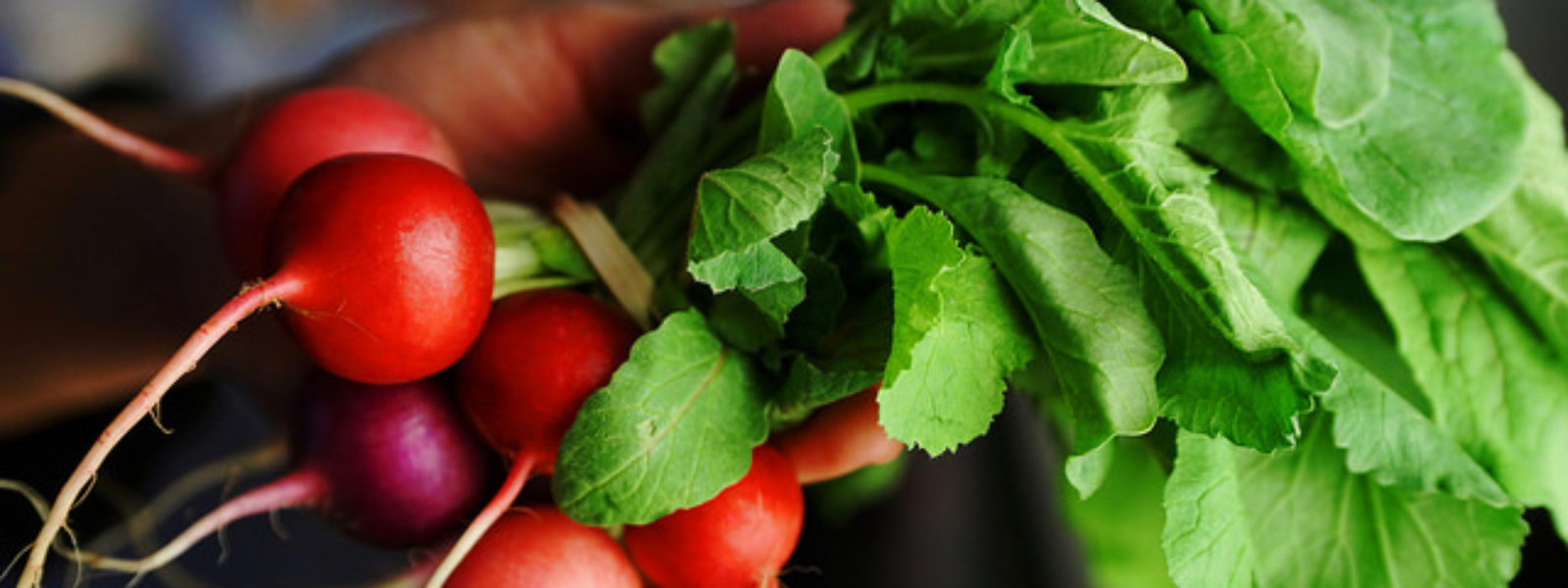By MCFM’s 2020 nutrition intern, Jessica Bruggen
In the US approximately 72 billion pounds of food is wasted every year, not including food wasted in the home. A majority of that food waste ends up in landfills with only 6.3% of it being composted. Food rotting in landfills produces methane, which is 84 times more potent than carbon dioxide as a greenhouse gas. These methane emissions account for 11% of the food system’s greenhouse gas production.
Food waste is even more staggering when you stop to consider that 11.1% of American households were classified as food insecure in 2018, meaning they do not have enough to eat. There are several local organizations rescuing food in-line to be thrown and distributing it ito folks in-need. Such organizations include Second Harvest Heartland, The Food Group, the market’s Greens for Good program and others utilizing food rescue to feed hungry Minnesotans.
While the impacts of food waste are big for the environment and our community, they are also import at home. How can you reduce food waste while also making the most of your produce?
Many parts of the plants cultivated for human consumption are edible even though we typically only use one part. For example the greens of many root vegetables, like radishes, carrots, and beets are edible. Utilizing these parts of the plants reduces food waste, gets you more bang for your buck on produce, and also increases the variety of nutrient dense food sources in your diet. Check out these zero waste recipes to get more out of your food:
- Zero Waste Vegetable Broth
- Purslane and Beetroot Balsamic Sweet & Sour Stir Fry
- Pickled Swiss Chard Stalks
- Radish Leaf Green Goddess Dressing
- Super Greens Powder
- Cauliflower Stem Hummus
Additionally, Hennepin County is hosting a Stop Food Waste Challenge Sept – Oct 2020. Join the challenge to learn practical actions to prevent food from going to waste at hennepinfoodwaste.ecochallenge.org/
